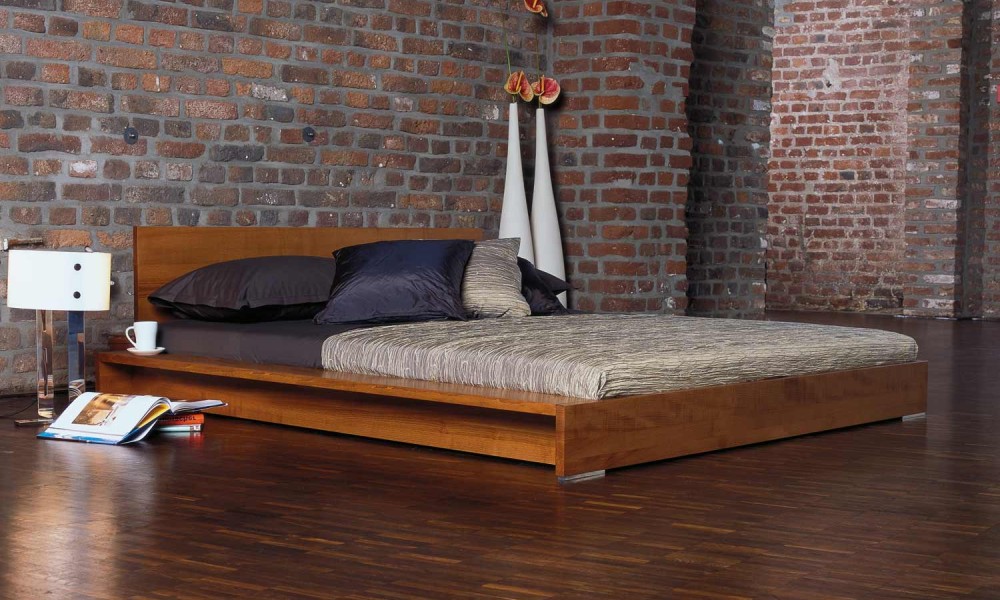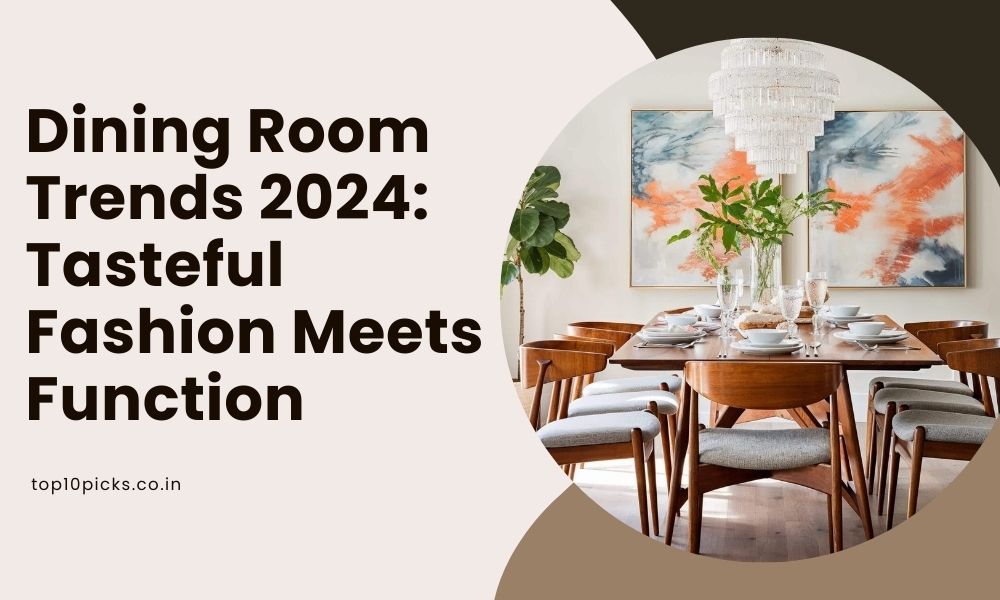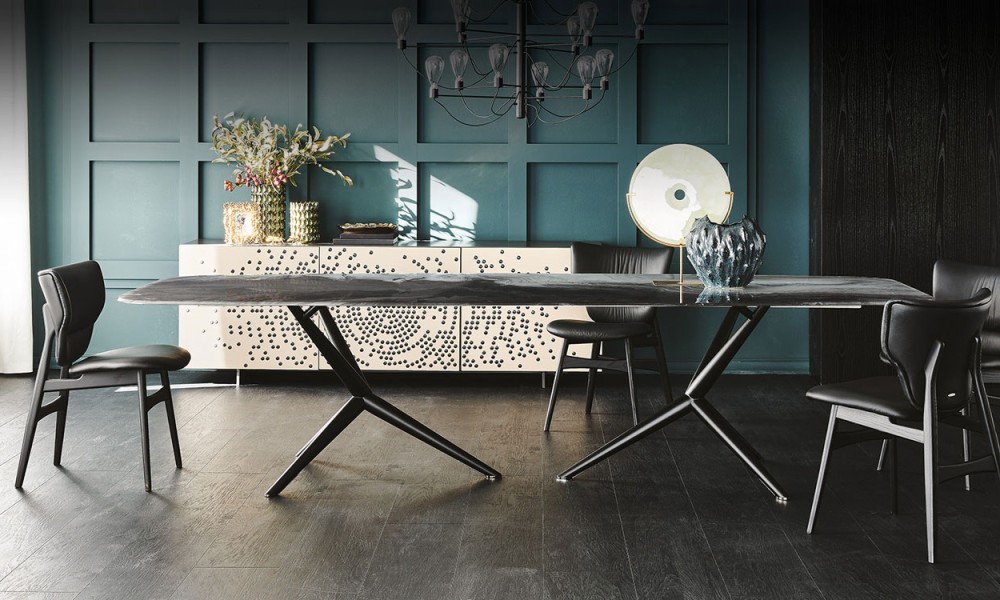
.jpg)

Furniture Fiesta Life & Culture
LIFE AND CULTURE SHOPPING TRENDS HOME TOURS DESIGN DECORATING

Upgrade your dining experience with our meticulously crafted luxury furniture collection.
The materials employed in crafting luxurious dining tables and chairs reflect the significance of the dining room as a primary social space within a home. Beyond merely facilitating meals and gatherings, these materials contribute to the ambiance and comfort that make dining experiences memorable.
Selecting the right materials involves considering various factors, including space planning, fabric choices, and craftsmanship. To simplify this process, our comprehensive buying guide offers insights into the most commonly used materials:
Solid wood stands out as the most popular material for crafting luxury dining furniture due to its durability, adaptability, and aesthetic appeal. Whether plain or intricately carved, wood offers a timeless elegance that can complement any decor style. Opting for natural finishes like walnut or cherry exudes classic charm, while painted finishes add a modern touch. The weightiness of solid wood furniture conveys a sense of quality and longevity, making it a wise investment for homeowners.
Pros:
Durability
Warmth and comfort
Versatility
Eco-friendly
Increased value over time
Cons:
Maintenance requirements
Susceptibility to climate changes
Vulnerability to scratches and dents
Environmental concerns related to deforestation

Marble, with its distinctive veins and patterns, has long been synonymous with opulence. Often used for tabletops, marble exudes sophistication and can elevate the aesthetic of any dining room. Its durability, heat resistance, and low maintenance make it a practical yet luxurious choice for furniture.

Pros:
Beauty
Durability
Easy to clean
Resistant to heat
Increases home value
Cons:
Higher price point
Susceptibility to stains
Requires regular maintenance
Heavy weight
Environmental concerns
Metal dining furniture offers a contemporary twist to traditional styles, with sleek designs and durable construction. Whether glossy, brushed, or powder-coated, metal bases provide a stylish foundation for dining tables. Their lightweight nature and resistance to wear and tear make them an excellent choice for modern homes.
Pros:
Low maintenance
Lightweight
Resistant to stains and rust
Versatile design
Cons:
Sensitivity to heat
Susceptibility to scratches and dents
Cold to the touch
Environmental concerns
Leather upholstery adds a touch of luxury and elegance to dining chairs, offering durability, comfort, and easy maintenance. With its natural texture and unique markings, leather provides a timeless appeal that complements various decor styles.
Pros:
Durability
Comfort
Elegant look
Easy to clean
Resistant to stains
Cons:
Higher price point
Sensitivity to heat
Requires regular maintenance
Potential for fading or cracking over time

Glass dining tables create a modern and spacious feel in dining rooms, thanks to their sleek design and light-reflecting properties. Easy to clean and versatile in style, glass furniture adds a touch of sophistication to any setting.

Pros:
Style
Lightness
Easy to clean
Reflects light
Versatile design
Cons:
Fragility
Higher price point
Susceptibility to fingerprints and scratches
Compatibility concerns
Veneers offer a budget-friendly option for achieving the look of solid wood furniture without the hefty price tag. While providing similar aesthetics, veneers boast enhanced durability and consistency in color and grain patterns.
Pros:
Affordability
Variety of colors and grains
Easy maintenance
Resistant to scratches and dents
Cons:
Lower quality compared to solid wood
Lack of natural character
Prone to peeling
May have an artificial appearance

Incorporating inlaid materials such as precious woods and marble adds a touch of artistry and elegance to dining furniture. These intricate designs, coupled with high-quality craftsmanship, create bespoke pieces that make a statement in any dining room.

Pros:
Unique design
Adds value
Artistic expression
Timeless appeal
Cons:
Higher price point
Complex design may be difficult to clean and maintain
Fragility
Sustainable materials like bamboo and recycled plastic offer environmentally conscious alternatives for luxury dining furniture. These materials combine durability, beauty, and ethical considerations, making them increasingly popular among environmentally conscious consumers.
Pros:
Eco-friendly
Durable
Supports local economies
Unique design
Ethical sourcing
Cons:
Higher price point
Limited availability
Maintenance requirements
In conclusion, luxury dining furniture represents a harmonious blend of functionality, beauty, and durability. By carefully selecting materials that align with personal preferences and lifestyle needs, homeowners can create dining spaces that exude elegance and sophistication for years to come.